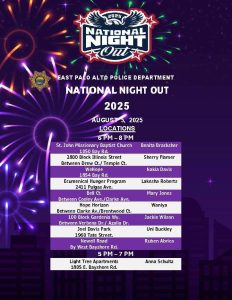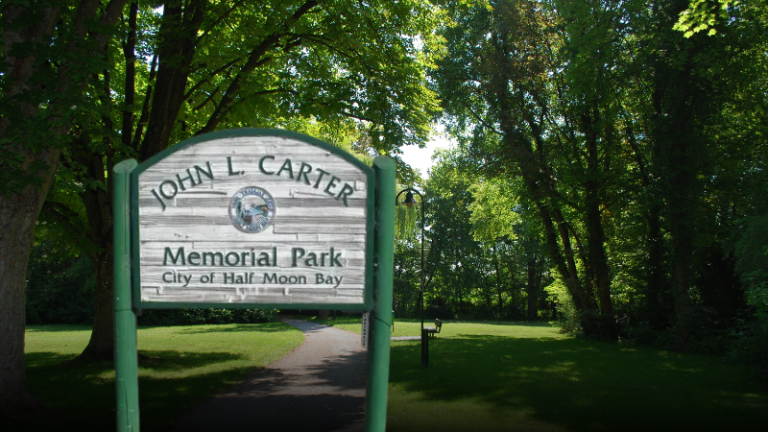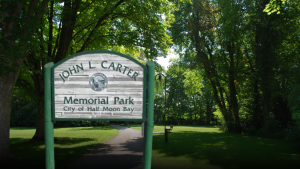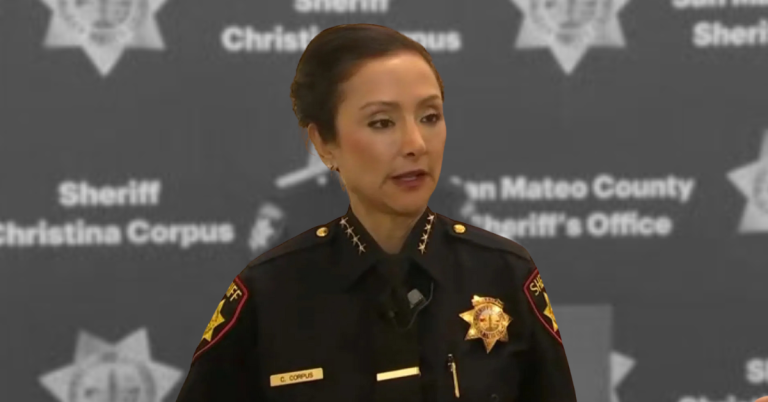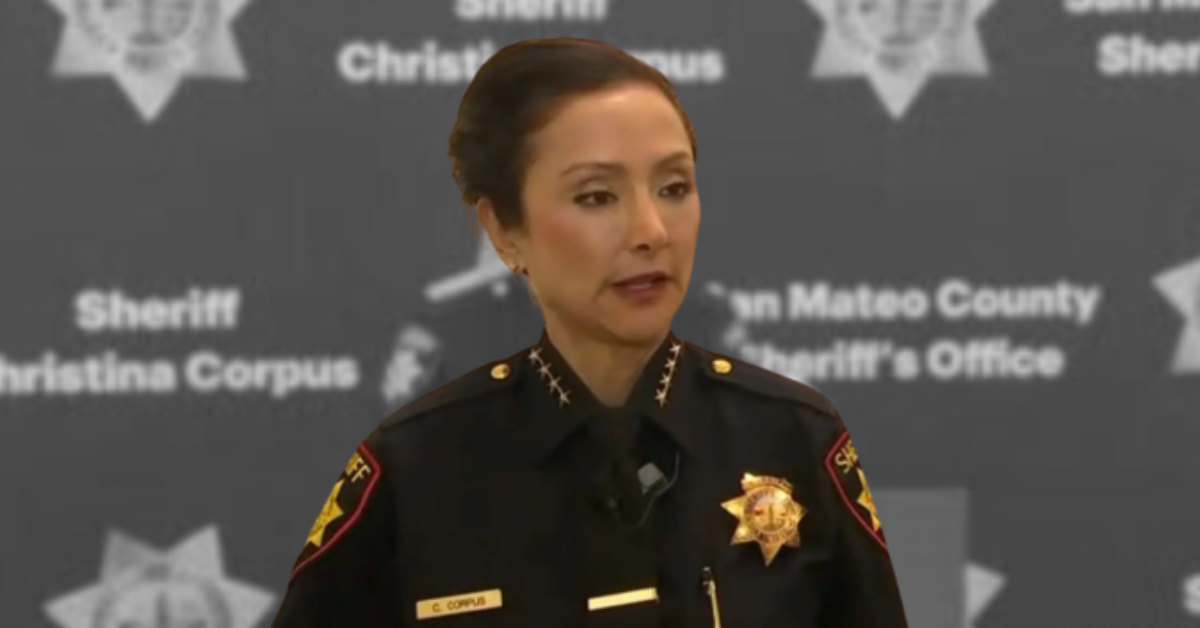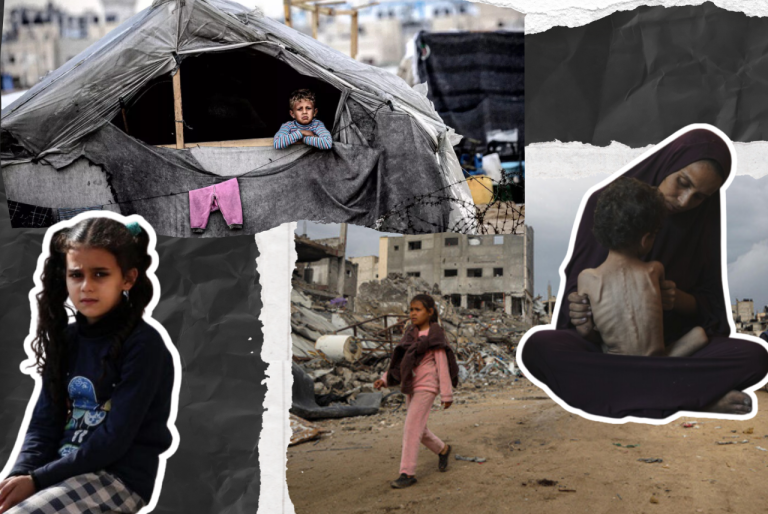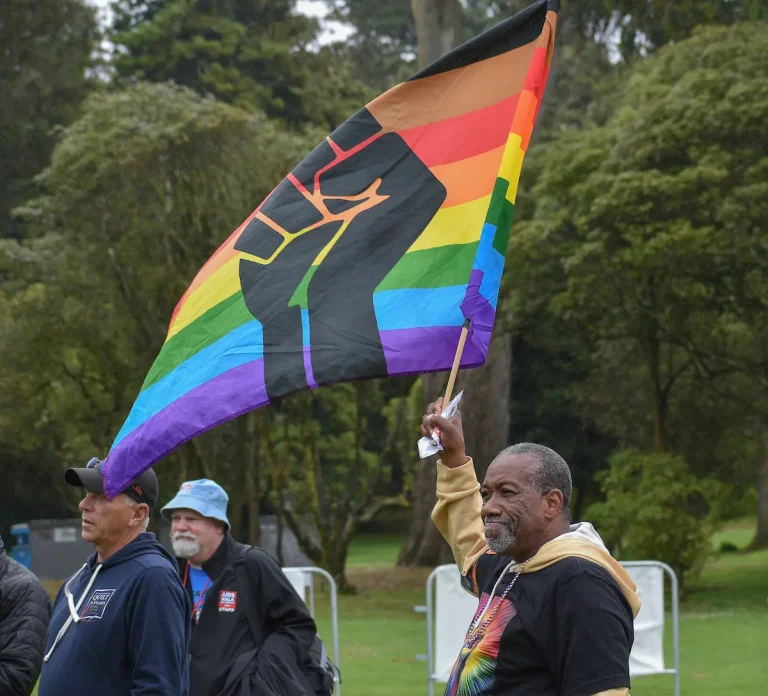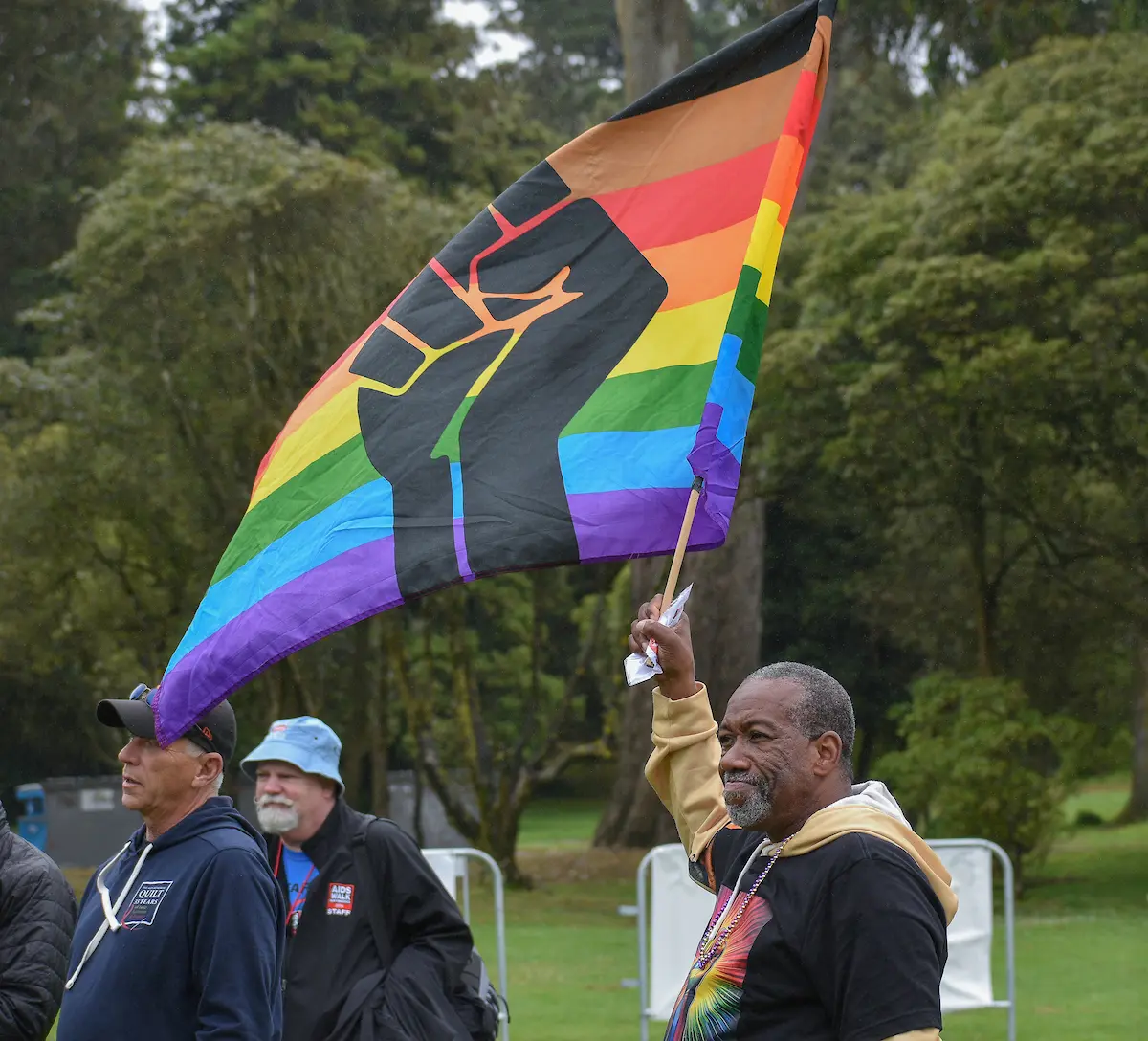Originalmente publicada el 22 de julio de 2025

En 2024, el periodista y fotógrafo Manuel Ortiz viajó a El Salvador para informar sobre las denuncias de violaciones de derechos humanos y las amenazas a la democracia bajo el presidente populista Nayib Bukele. Esta semana, Ortiz regresó a El Salvador con un equipo de investigadores de Stanford y en colaboración con la organización de derechos humanos Global Exchange para averiguar qué ha cambiado, si es que ha cambiado algo, durante el último año. Según Ortiz, las condiciones, especialmente para los más pobres del país, se han agravado a medida que continúan los arrestos masivos, incluso cuando la gente lucha por satisfacer sus necesidades más básicas. Habló con Peter Schurmann, de ACoM.(Escuche la entrevista completa a Manuel Ortiz here.)
Has estado en El Salvador la última semana entrevistando a gente sobre la situación allí. ¿Qué has aprendido? ¿Qué destacas?
El Salvador se encuentra bajo un “Estado de Emergencia” o “estado de excepción” desde 2022. En mayo de este año, la directora de una de las principales organizaciones de derechos humanos del país, Christosal, fue detenida por las autoridades y acusada de corrupción. Se encuentra incomunicada. Justo esta semana, la organización —que obtuvo gran parte de su financiación de USAID antes de que la administración Trump la clausurara— anunció que, tras 25 años de servicio, cerrará sus operaciones y se marchará de El Salvador. Esto es parte de lo que vinimos a investigar: las detenciones masivas en curso y el estado general de la democracia en el país. Y creo que la diferencia que veo ahora es que hay más miedo. La mayoría de las personas con las que hablamos, no solo periodistas, víctimas o personas encarceladas, sino cualquiera, el taxista, cualquiera, te dirá que tiene miedo, miedo de hablar.
Bukele sigue siendo muy popular en el país. ¿Cómo explica este miedo que tiene la gente?
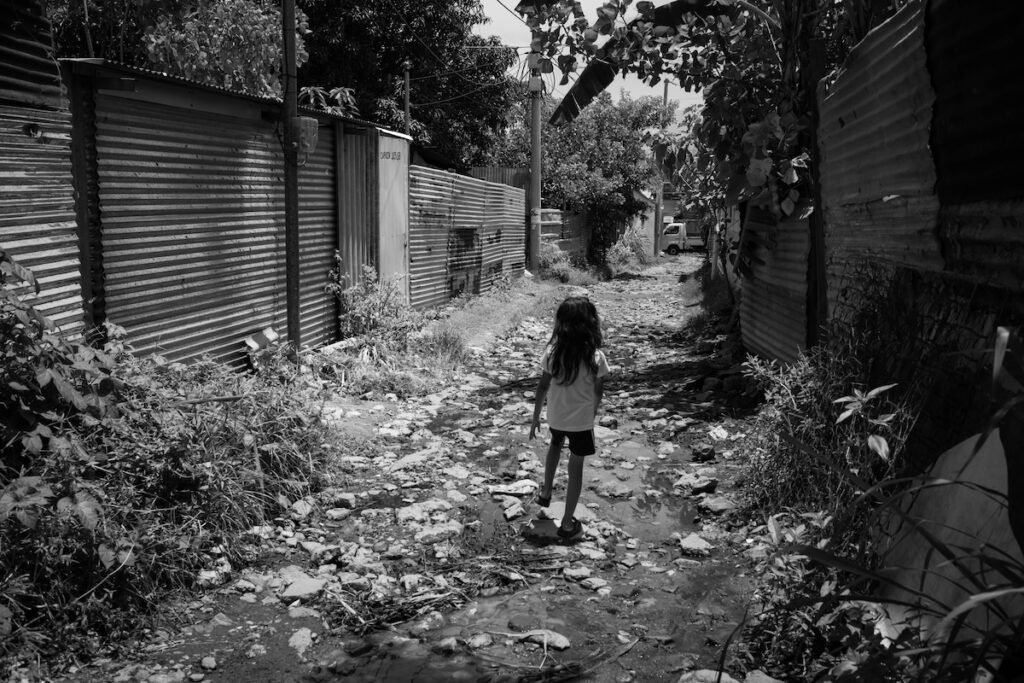
La situación aquí es muy compleja. Ayer visitamos la comunidad Primero de Diciembre, cerca de la capital, San Salvador, donde los residentes nos contaron cómo era la vida bajo el control de las pandillas que controlaban la zona. No había seguridad. Luego, Bukele llegó al poder y, poco después, anunció el estado de emergencia. Fue entonces cuando comenzaron las detenciones masivas. La gente quiere a Bukele, y entiendo por qué. Estaban cansados de la violencia. Estaban cansados de los fracasos de los gobiernos anteriores, tanto de izquierda como de derecha. Pero ahora, lo que dicen es que si bien antes eran víctimas de las pandillas, ahora son víctimas del Estado. No hay ley, dicen. Y lo que el gobierno está haciendo es básicamente criminalizar la pobreza. Si eres joven y pobre, eres un blanco.
Grupos de derechos humanos acusan a Bukele de utilizar tortura en cárceles como CECOT, donde la administración Trump ha enviado a migrantes. deportado de los EE.UU. Entrevistaste a ex detenidos allí. ¿Qué dijeron?

Entrevistamos a personas que estuvieron encarceladas. Entrevistamos a médicos (que pidieron permanecer anónimos por temor a su seguridad) que atendieron a exdetenidos. Todos ellos describieron torturas y condiciones similares a la tortura. Los exdetenidos describieron haber sido golpeados al ingresar a la prisión. Las personas están hacinadas en espacios muy pequeños. Se ven obligados a comer en el mismo lugar donde van al baño. Las enfermedades y afecciones de la piel son comunes. No sabemos exactamente cuántas personas han muerto dentro de estas cárceles (CECOT es solo la más conocida, pero hay muchas otras prisiones), pero sabemos que ha habido muertes. Lo cierto es que desde que se declaró el estado de emergencia, el gobierno no ha hecho pública ninguna información. Lo que sabemos proviene de la cuenta X de Bukele. Así es como gobierna.
Me suena familiar. ¿Has hablado con alguien deportado de EE. UU.? Y si es así, ¿qué te dicen?

Hablamos con una mujer en Primero de Diciembre que fue deportada. Vivió en Estados Unidos durante 10 años y enviaba remesas a su madre enferma. (Las remesas representan casi una cuarta parte del PIB de El Salvador, la gran mayoría proveniente de Estados Unidos). Nos contó que quedó impactada por las condiciones a su regreso. Además de la seguridad, las ganancias económicas son otro tema de conversación de Bukele. Pero, según esta joven, hay días en que no tiene lo suficiente para alimentar a su familia. Dice que planea regresar a Estados Unidos a pesar de conocer los riesgos. Es imposible vivir aquí, nos dijo.
Al finalizar su viaje, ¿qué le llamó la atención? ¿Qué lecciones aprendió de las personas con las que habló?
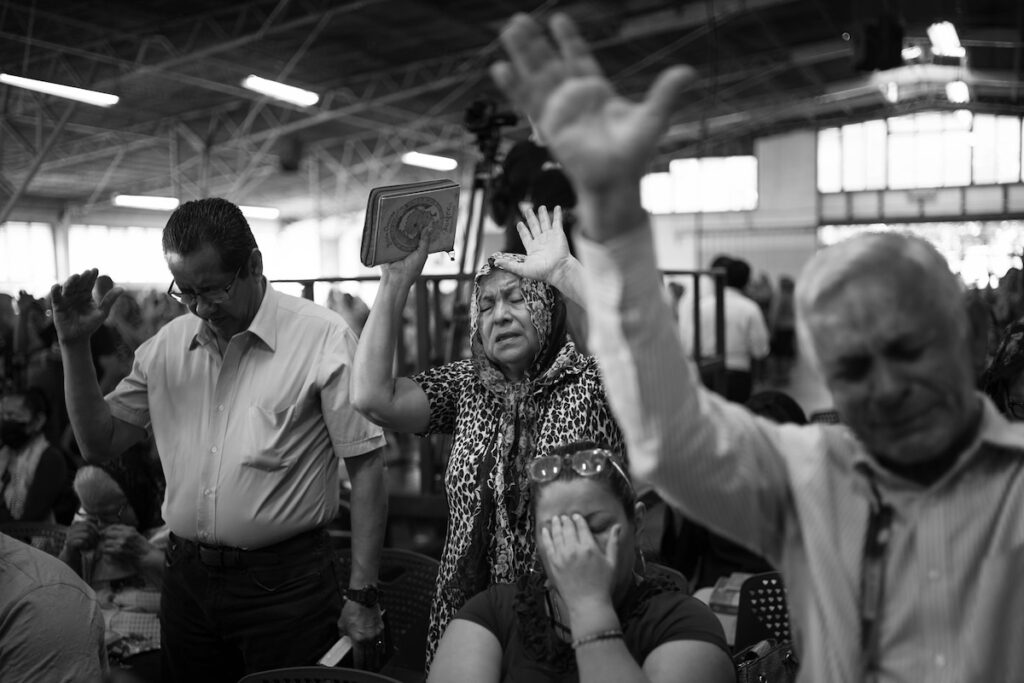
Los estadounidenses y el mundo entero deberían saber qué está pasando en El Salvador para ver cómo un presidente populista puede convertirse en un régimen autoritario. No sucede de la noche a la mañana, sino gradualmente, paso a paso, hasta que se pierden los derechos. Ahora mismo, los salvadoreños no tienen derechos. Pueden estar en la calle. La policía puede arrestarlos, detenerlos, encarcelarlos. No tendrán acceso a su abogado. No verán a su familia. Pueden estar en la cárcel uno, dos o tres años sin el debido proceso, sin acusación formal. Creo que este es el mensaje para Estados Unidos.
This story was produced as part of “Aquí Estamos/Here We Stand,” a collaborative reporting project of American Community Media exploring the impact of Trump Administration’s war on immigrants in communities across California.
-
Esta historia fue producida como parte de «Aquí Estamos/Here We Stand», un proyecto de reportaje colaborativo de American Community Media que explora el impacto de la guerra de la Administración Trump contra los inmigrantes en comunidades de toda California.




